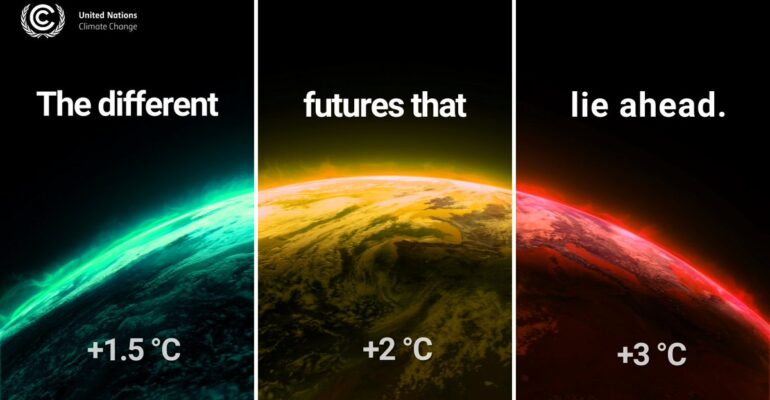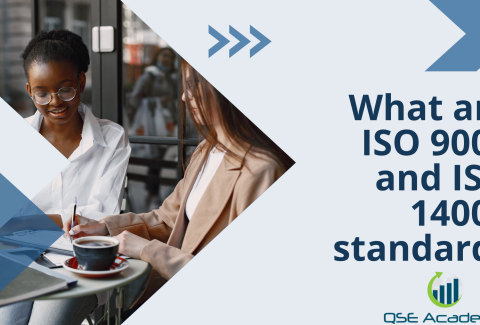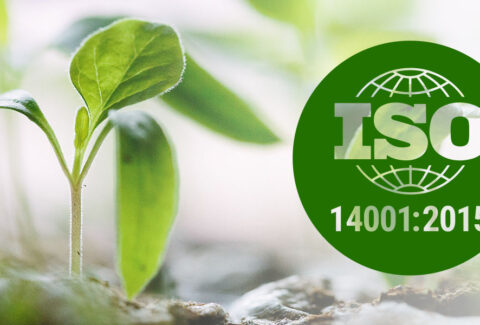Important Role of ISO 14001 in Global Warming
Important Role of ISO 14001 in Global Warming, To tackle climate change, ISO 14001:2015 is used. The average weather in a location over multiple years is referred to as climate. While the weather might change in minutes, climate change can take hundreds, thousands, or even millions of years.
Climate change refers to changes in the global climate caused by an increase in the planet’s average temperature.
The term “global warming” refers to a long-term increase in the worldwide average temperature. Alternatively, a gradual rise in the earth’s average temperature. The term “global warming” refers to an increase in the Earth’s average temperature. Climate change includes not only changes in global temperature, but also changes in wind, precipitation, season duration, and the severity and frequency of extreme weather events like droughts and floods.
Climate change is already affecting some areas of the world. Melting arctic ice has harmed wildlife in northwest Alaska. Local towns are suffering from wildlife loss and rising sea levels, and they believe the only solution is to relocate the entire town within the next few years, which could cost millions of dollars.
The earth’s ability to absorb heat is one of the reasons we don’t see a similar impact on the rest of the planet. The oceans absorb a large amount of heat and greenhouse gases, allowing them to escape into the atmosphere. Furthermore, polar ice caps keep the oceans cool, and ice at the poles acts as a buffer, keeping the oceans from warming.
When the oceans take the majority of the heat from the atmosphere, the polar ice absorbs the majority of that heat. This has been a crucial component in delaying climate change’s effects.
To tackle climate change, ISO 14001:2015 is used.
On September 14, 2015, the ISO 14001:2015 standard was released. This revised environmental management standard takes into account the evolving nature and understanding of environmental issues caused by humans. Life cycle thinking and the introduction of Annex SL are among the revisions to ISO 14001, which will be crucial for the ISO 9001 upgrade.
So, what precisely is ISO 14001’s role in all of this?
Because of a lack of environmental awareness, greenhouse gas emissions have been at an all-time high, as have many other environmental issues. There has been little strategy and planning for trash or related externalities until recently. Increased management commitment, stronger alignment with strategic direction, and more effective communication are some of the significant modifications to ISO 14001 that run counter to this previous viewpoint. The most recent edition of the standard also incorporated the notion of life cycle thinking, which tries to reduce the possibility for excessive emissions during various stages of the product life cycle in order to reduce GHG emissions.
For better consistency, the framework of ISO 14001 is harmonized with other ISO management standards, which is excellent news for companies that have multiple standards in place. As a result, we can be certain of the real changes to come.
Why is ISO 14001 more vital than ever in the face of Climatical change?
According to UN scientists, the world has more than a decade to control climate change. In a recent assessment, the Intergovernmental Panel on Climate Change (IPCC) stated that the world has until 2030 to moderate global warming and limit temperature rises to 1.5°C.
Climate change may be one of the most significant concerns of our time. Debra Roberts, co-chair of the IPCC, stated, “The next few years are arguably the most significant in our history.” Rising temperatures have a significant impact on rising sea levels, resulting in the extinction of ecosystems. Even the tiniest temperature change has a difference.
Many of the difficulties associated with climate change are directly related to human activities and the continuous use of natural resources for industrial purposes. In general, this is a problem that requires collective action, and when businesses discuss climate change, the first thing they address is the expense. But can you truly put a price on a clean environment that you know is a finite resource that will eventually become prohibitively expensive to maintain? Environmental protection and climate change mitigation should be viewed as an expense in business and elsewhere, not as “too expensive.”
Looking for More Resources on ISO 14001?
If you found this article helpful, explore our premium resources designed to help you achieve ISO 14001 certification efficiently:
- 📦 Complete Documentation Package for ISO/IEC 14001 2015: Get all the essential templates and documents you need for fast, easy implementation.
- 🎓 Online Course on ISO/IEC 14001 2015 : Enroll in our comprehensive training to master the key concepts and practical steps toward certification.
- 📋 ISO/IEC 14001 2015 Checklist: Download our detailed checklist to ensure you’ve covered every step of the process.
These resources are tailored to meet your needs and ensure a smooth certification journey. Explore them today and get one step closer to success!






















